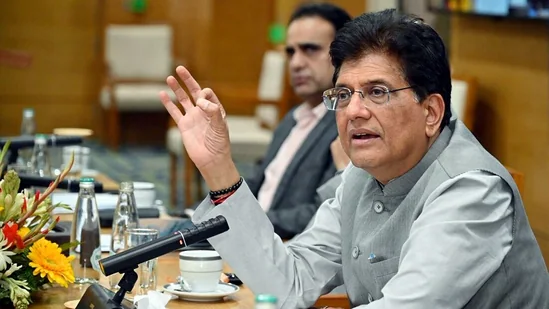Kartavya Bhavan: India’s New Power Corridor Rooted in Duty and Vision
- MGMMTeam

- Aug 7
- 3 min read
Prime Minister Narendra Modi today inaugurated Kartavya Bhavan‑3, a landmark addition to the nation’s administrative landscape and the first building completed under the ambitious Common Central Secretariat (CCS) plan of the Central Vista redevelopment project. More than just an architectural achievement, Kartavya Bhavan is being hailed as a symbol of the government’s dedication to public service, democratic values, and the constitutional principle of kartavya — or duty.

The Meaning Behind the Name
In his inaugural address, Prime Minister Modi explained that the name “Kartavya Bhavan” was chosen with great deliberation. The term “kartavya,” meaning duty, is intended to reflect the very ethos of governance — service without self-interest, inspired by the teachings of the Bhagavad Gita. The Prime Minister linked the concept to India’s constitutional vision, stating that this building is more than an office space; it is a space where the direction of a Viksit Bharat (Developed India) will be charted. This naming follows the earlier renaming of Rajpath to Kartavya Path, reinforcing the narrative of governance grounded in responsibility rather than privilege.
A Modern Hub for Governance
Kartavya Bhavan‑3 stands as a monumental structure, covering around 1.5 lakh square metres with seven floors above ground and two basement levels. Its spacious design includes over a hundred meeting and conference rooms, a multipurpose hall, and a variety of employee facilities such as a creche, yoga and medical rooms, and a café. It also provides parking for more than 600 vehicles, ensuring convenience for thousands of government employees who will work here daily.
The building is equipped with advanced security and operational systems. Entry, elevators, and office access are controlled through smart-card technology, and integrated electronic surveillance is monitored through a centralized command system. These features mark a significant step towards a secure, efficient, and technologically enabled government workspace.
An Environmentally Responsible Structure
The development of Kartavya Bhavan places strong emphasis on sustainability. The building’s double-glazed façades help reduce energy consumption by nearly 30%, while rooftop solar panels generate more than 5.3 lakh units of electricity each year. A rainwater harvesting system, electric vehicle charging points, and zero-discharge waste processing further contribute to its green credentials. With these measures, the complex is on track to achieve a GRIHA‑4 rating, one of the highest standards for green buildings in India.
Bringing Ministries Together
One of the most important features of Kartavya Bhavan‑3 is its role in consolidating key ministries under one roof. Ministries such as Home Affairs, External Affairs, Rural Development, Petroleum and Natural Gas, Micro, Small and Medium Enterprises, and the Department of Personnel and Training, along with the office of the Principal Scientific Adviser, will now function from this location. This centralization is expected to reduce operational inefficiencies and significantly cut the government’s rental and maintenance costs, estimated at savings of ₹1,500 crore annually.
Part of a Larger Vision
Kartavya Bhavan is just the beginning of the Central Vista Redevelopment Project, which envisions ten CCS buildings, a new Executive Enclave housing the Prime Minister’s Office, Cabinet Secretariat, and National Security Advisor’s office, as well as a new Prime Minister’s residence. The project also includes the preservation of heritage buildings like the North and South Blocks, which will be transformed into museums as part of the “Yuge Yugeen Bharat Sangrahalaya” initiative. The entire redevelopment is scheduled for completion by mid‑2027, aligning India’s administrative infrastructure with global standards of efficiency and design.
A Step into the Future
Prime Minister Modi described August as the “month of revolution” in India’s history, linking the inauguration of Kartavya Bhavan to the nation’s ongoing journey toward transformation. He emphasized that the building is not just an office but a nerve centre for policies that will define India’s role on the global stage. The Prime Minister underscored that governance rooted in transparency, responsibility, and national duty is essential for a developed India, and Kartavya Bhavan embodies this vision.
Conclusion
Kartavya Bhavan‑3 is more than an impressive government building — it is a physical manifestation of a philosophy that places duty at the heart of governance. With its sustainable design, cutting-edge technology, and capacity to bring key ministries together, it sets a benchmark for the future of India’s administrative infrastructure. As part of the Central Vista redevelopment, it signals the country’s readiness to modernize its institutions while remaining anchored in its democratic and cultural values. In the years ahead, the work that takes place within its walls will shape not only the policies of a Viksit Bharat but also India’s place in the world.
(Sources: Hindustan Times, India Today, Times of India)




Comments